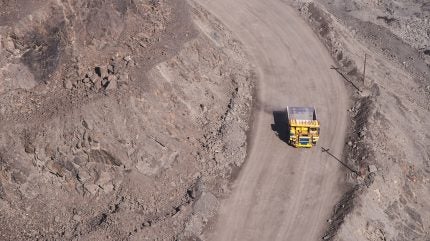
Bayridge Resources has secured a drilling permit for its Waterbury East uranium project in the Athabasca Basin, Saskatchewan, Canada.
The three-year permit, valid until 31 July 2027, authorises the company to establish up to 40 drill sites and conduct necessary preparatory work for exploration.
Spanning 1,337 hectares, the Waterbury East project is situated in a geological setting conducive to both unconformity-hosted as well as basement-hosted uranium deposits.
These deposits are often linked to graphitic metasediments and structural zones that trigger strong EM conductor responses.
Historical airborne EM surveys have identified an east-north-east-striking conductor traversing the property, with the depth to unconformity estimated at approximately 200m.
Bayridge has the option to acquire up to an 80% interest in the Waterbury East project from CanAlaska.
The agreement involves a combination of cash payments, share issuances and exploration expenditures over the next four years.
CanAlaska Uranium previously conducted drilling in the area in 2007, yielding promising results, including a 17m intersection of anomalous uranium enrichment in the basement rock.
Additionally, geophysical magnetic lineaments indicate the presence of further structural features in the basement rock.
Welcoming the development, Bayridge president and CEO Saf Dhillon said: “The Waterbury East drilling permit is a significant milestone for the company. Bayridge is fully funded to undertake a multi-hole drill programme slated for late Q3 2024.
“in3D Geoscience is working with the recently completed Geotech VTEM [Versatile Time Domain Electromagnetic System] data to prioritise drilling targets within the magnetic and electromagnetic anomalies defined by the survey.”



